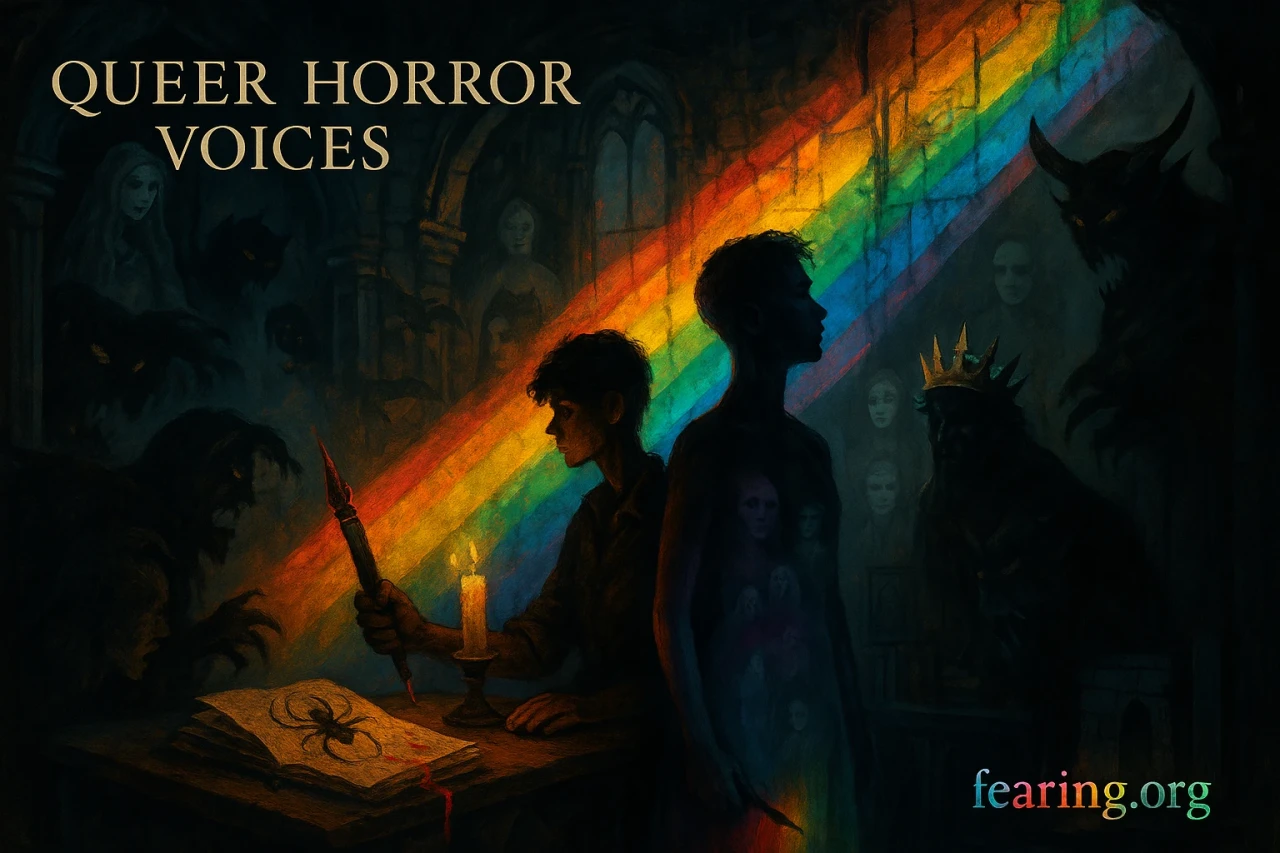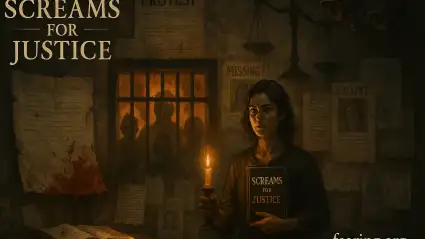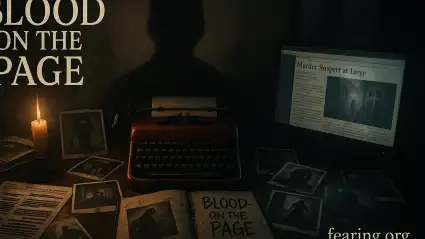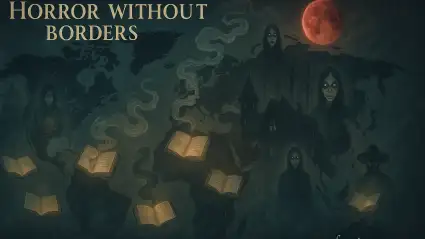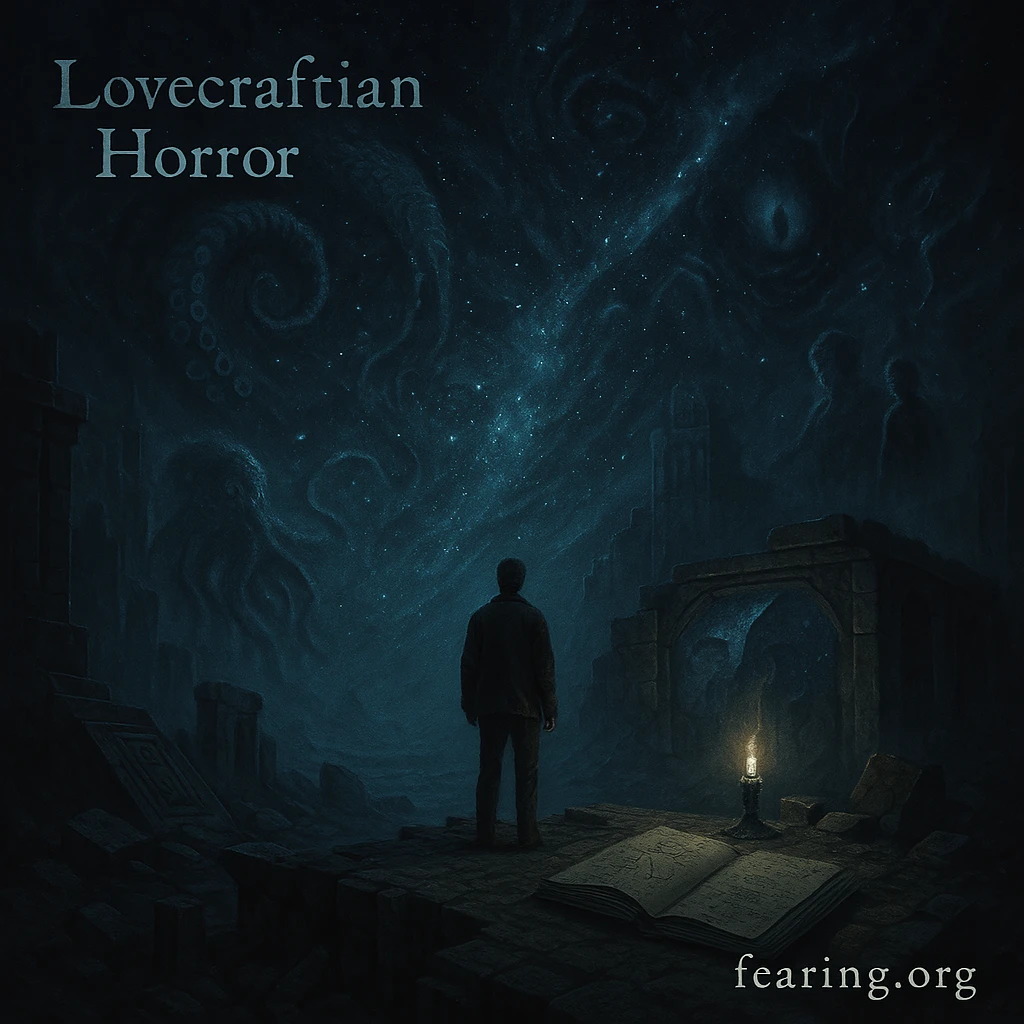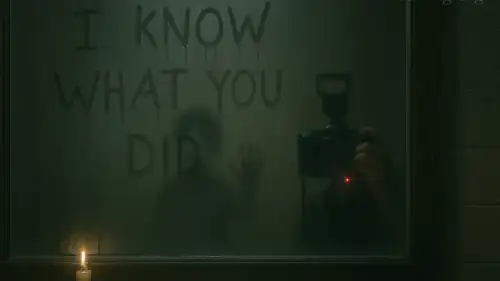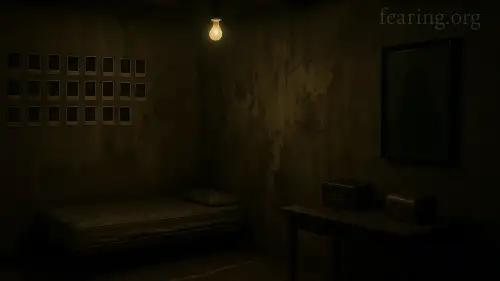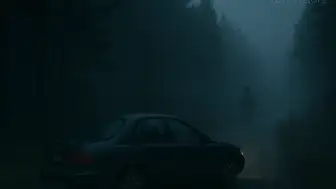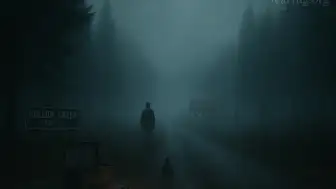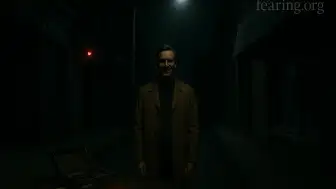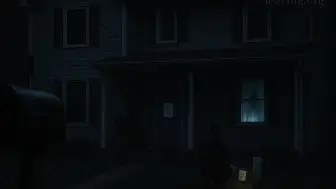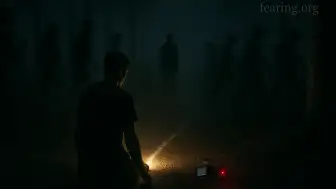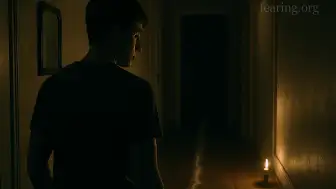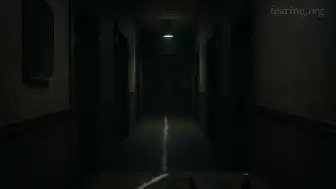For generations, horror literature was dominated by narratives that positioned the Other—especially queer identities—as monstrous, threatening, or tragically doomed. But today, a powerful evolution is underway. Modern LGBTQ horror fiction doesn’t just exist—it thrives, reclaiming space and rewriting fear from the margins.
"Horror has always been queer. Only now, it’s being told by the people who lived it."
In this article, we celebrate how LGBTQ voices have transformed the horror genre: telling stories of trauma and resilience, monstrosity and liberation, identity and otherness—with raw honesty, wild creativity, and unforgettable terror.
A Haunted History: Queer Subtext in Classic Horror
Long before explicit queer characters were welcomed into mainstream fiction, horror was filled with coded queerness:
Carmilla (J. Sheridan Le Fanu, 1872) told a tale of lesbian desire cloaked in gothic language.
Dracula featured erotic subtext and gender nonconformity.
Dr. Jekyll and Mr. Hyde explored dual identity and repression.
Frankenstein’s creature yearned for connection in a world that feared him.
These early works reflected the anxiety and secrecy surrounding LGBTQ lives—but also revealed horror’s potential to explore desire, shame, and alienation.
The Monstrous as Metaphor
Monsters have long stood in for marginalized identities. To be seen as monstrous—too strange, too different, too uncontainable—has mirrored real-world prejudice.
LGBTQ horror flips this narrative:
Some authors embrace the monster as empowerment.
Others reclaim fear as survival.
Many explore transformation as liberation—not tragedy.
"To be queer is to live with secrets. Horror gives those secrets a voice."
Modern Trailblazers: LGBTQ Authors Reshaping Horror
Carmen Maria Machado
Her Body and Other Parties: Surreal, feminist, and queer explorations of violence, sexuality, and haunted bodies.
Blends horror with magical realism and speculative fiction.
Stephen Graham Jones
Indigenous and queer horror overlap in his brutal, lyrical work (The Only Good Indians).
Sam J. Miller
The Blade Between mixes urban horror with queer history, grief, and gentrification.
Poppy Z. Brite (Billy Martin)
Cult queer horror from the 1990s (Lost Souls, Drawing Blood)—dark, erotic, and unapologetically transgressive.
Gretchen Felker-Martin
Manhunt (2022): A post-apocalyptic, trans-centered body horror novel that flips the gendered violence trope on its head.
These writers challenge what horror can be—turning the genre’s gaze back on itself.
Thematic Power of Queer Horror
Modern LGBTQ horror explores themes like:
Body horror as gender dysphoria, medical trauma, or transformation
Haunted identity: closeting, passing, or being outed
Queer desire as terrifying, taboo, or ecstatic
Chosen family as a bulwark against supernatural evil
Violence against queer bodies—and the radical act of surviving
These themes deepen the emotional and political stakes of horror.
Trans and Nonbinary Horror: Breaking Boundaries
Gender-fluid characters bring new dimensions to horror’s obsession with transformation:
Ryka Aoki, Kai Cheng Thom, and Isaac Fellman bring lyrical, haunting, and rage-filled perspectives to queer horror spaces.
Trans narratives subvert the fear of bodily change by owning it.
"In queer horror, the transformation doesn’t kill you—it sets you free."
Queer Love and Intimacy in Horror
Not all LGBTQ horror is about pain. Some explore love as resistance:
Romantic subplots amid apocalypse
Lovers holding each other through possession, hauntings, or viral horror
Queer sex written with joy, danger, and depth
Examples:
Summer Sons by Lee Mandelo: queer Southern Gothic with ghosts and desire
The Devourers by Indra Das: queer shapeshifters in colonial India
Intersectionality and the Future of LGBTQ Horror
Queer horror is increasingly:
BIPOC-led
International
Disability-inclusive
Genre-blending (sci-fi, historical, literary)
Anthologies like Transmuted, Unspeakable: A Queer Gothic Anthology, and Queer Little Nightmares give platform to new voices.
These stories embrace multiplicity, hybridity, and complexity—mirroring the vastness of queer identity itself.
Why Queer Horror Matters
It names what was once hidden
It heals through fear, rage, and catharsis
It creates space for identities long excluded from horror
It questions who gets to be the final girl—and who gets to live at all
"Queer horror doesn’t just fight the monster. Sometimes, it is the monster—and that’s the point."
Final Thoughts
LGBTQ horror is no longer just subtext—it’s center stage. No longer coded, no longer cautious, it dares to be messy, loud, furious, and full of love.
In this genre, queerness is not a twist ending—it’s the very beating heart beneath the floorboards. And with each story, it gets louder.
“Fear can silence—but queer horror screams back.”

